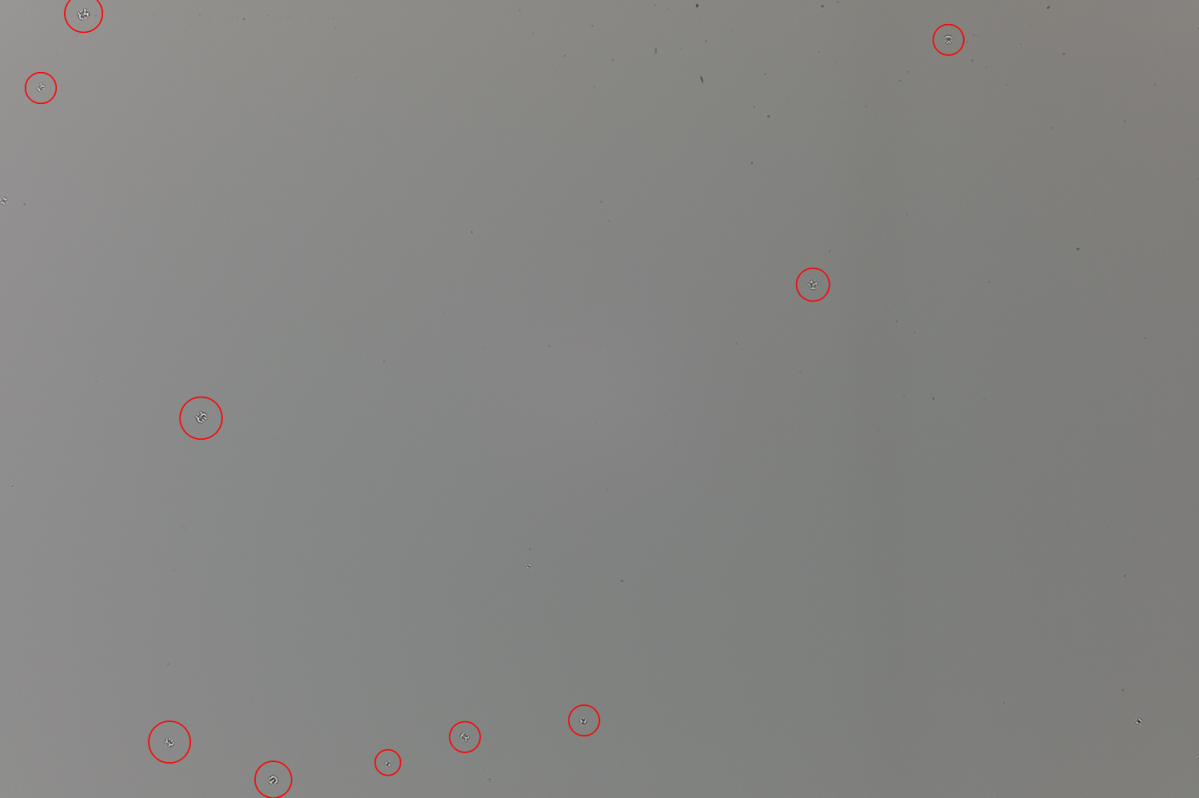In December 2014, Leica officially acknowledged the CCD sensor corrosion issue present on many M9, M9-P, M Monochrom and M-E camera bodies. The corrosion issue, identified by unusual spots on images with white “halos” around them, is caused by a defective coating on the cover glass of Leica's CCD sensors. It took some time to develop a permanent fix, but since June 2015, Leica has been replacing affected sensors with an updated version that is immune to the corrosion problem. A few months before the fix, Leica also offered users with affected cameras an upgrade path to a newer digital rangefinder at special pricing.
Today, Leica has issued updates on both the CCD sensor replacement and camera upgrade programs. Effective August 16, 2017, only Leica M9/M9-P/Monochrom/M-E cameras purchased as new products within the last five years will receive replacement sensors free of charge, provided the camera shows signs of corrosion. Leica’s Customer Care department will determine if a camera has any sensor corrosion. Your local Leica dealer can assist you with this process as well. Any camera with sensor corrosion purchased earlier than August 16, 2012 will be billed for a replacement sensor at a partially subsidized cost of $1,000, or the customer can choose to upgrade to one of the following cameras: Leica M (Typ 240), Leica M-P (Typ 240) or Leica M Monochrom (Typ 246). The pricing for the upgrades is as follows:
| Upgrade Path | Cost |
| Upgrade Leica M9 or M-E to M (Typ 240) | $3,100 |
| Upgrade Leica M9 or M-E to M-P (Typ 240) | $3,700 |
| Upgrade Leica M9 or M-E to M Monochrom (Typ 246) | $3,980 |
| Upgrade Leica M9-P to M (Typ 240) | $2,800 |
| Upgrade Leica M9-P to M-P (Typ 240) | $3,400 |
| Upgrade Leica M9-P to M Monochrom (Typ 246) | $3,680 |
| Upgrade M Monochrom to M Monochrom (Typ 246) | $3,480 |
Customers sending in a camera for sensor replacement should include a copy of the original sales receipt. If a copy of the sales receipt is unavailable, the serial number will be used to determine the camera’s age. The replacement sensor comes with a one-year warranty and the service will include the following:
- Cleaning and overhaul of the shutter cocking mechanisms
- Cleaning and maintenance/repair of the multifunction wheel
- Cleaning of the main switch and shutter speed dial
- Adjustment of the baseplate locking system
- Replacement of the protective film on the baseplate
- Maintenance/adjustment of rangefinder
If you think your camera may be exhibiting signs of CCD corrosion, you can email us a full resolution JPEG file and we are happy to evaluate it for you. Should your camera suffer from CCD corrosion, we can then discuss the best way to proceed with a sensor replacement or camera upgrade. Here's how to get us a full resolution image to check for corrosion:
- Set the camera to its base ISO setting
- Set the camera to shoot either DNG+JPEG or JPEG only
- Attach a lens to the camera (a 35mm or 50mm works best)
- Stop the lens aperture all the way down (f/16 or f/22 depending on the lens)
- For a subject, either a solid blue sky or a solid, light colored wall is ideal
- If shooting the sky, focus the lens to the closest distance. If shooting a wall, focus the lens at infinity (you want an image that is as out of focus as possible).
- Shoot an exposure of the wall or sky and be sure to move the camera around during the exposure (to blur any details in the image, as we want to only see what may be on the sensor)
- Email us the JPEG file for evaluation
Below is an example of an image from an M9 that is showing CCD corrosion, which is highlighted in red circles. You can see the white “halos” around the spots that indicate corrosion. The sensor also has numerous dust spots that can be cleaned, however it is important to see the difference between the regular dust (easily cleaned) and the corrosion spots (which require a sensor replacement).
Up until August 16, Leica will replace your CCD sensor at no charge, regardless of the age of your camera, if it is showing any corrosion. If you are currently shooting an M9, M9-P, M-E or M Monochrom, we definitely recommend evaluating your sensor for corrosion as soon as possible.


Leave a Reply